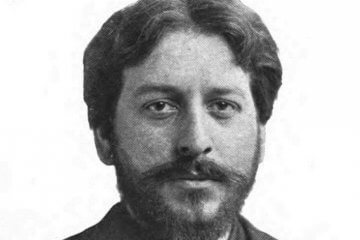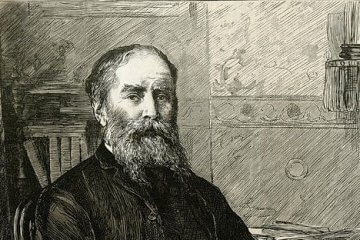Writing in the New York Times Book Review, Timothy Aubry, an English professor at Baruch College, discusses two new books on the uses of a liberal arts degree:
According to both Anders and Stross, the ever-expanding tech sector is now producing career opportunities in fields — project management, recruitment, human relations, branding, data analysis, market research, design, fund-raising and sourcing, to name some — that specifically require the skills taught in the humanities. To thrive in these areas, one must be able to communicate effectively, read subtle social and emotional cues, make persuasive arguments, adapt quickly to fluid environments, interpret new forms of information while translating them into a compelling narrative and anticipate obstacles and opportunities before they arise. Programs like English or history represent better preparation, the two authors argue, for the demands of the newly emerging “rapport sector” than vocationally oriented disciplines like engineering or finance. Though it does not automatically land one in a particular career, training in the humanities, when pitched correctly, will ultimately lead to gainful and fulfilling employment. Indeed, by the time they reach what Stross terms the “peak earning ages,” 56-60, liberal arts majors earn on average $2,000 more per year than those with pre-professional degrees (if advanced degrees in both categories are included).
The two books, You Can Do Anything: The Surprising Power of a “Useless” Liberal Arts Education, by George Anders, and A Practical Education: Why Liberal Arts Majors Make Great Employees, by Randall Stross are reviewed in the August 21st edition of the Review.


